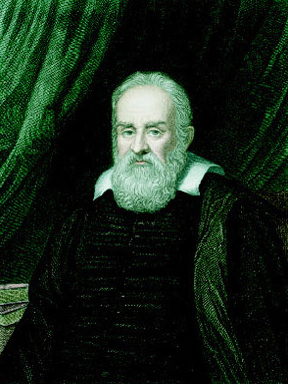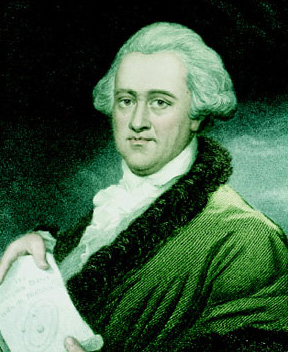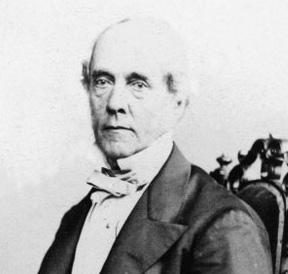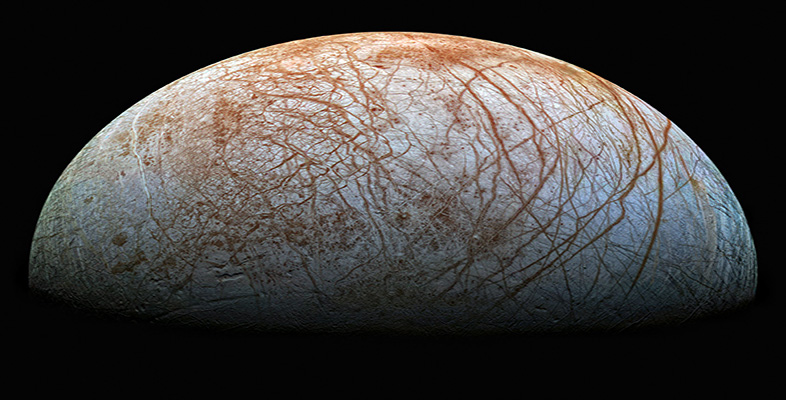1 Icy satellites: introduction
1.1 Satellite discoveries

Pisa-born pioneer of the experimental scientific method, Galileo Galilei's analysis of motion paved the way for Isaac Newton's work. He used one of the first telescopes to discover the four largest of Jupiter's satellites and the phases of Venus. His consequent support for the theory that the Earth moves around the Sun led to his imprisonment for heresy in 1633.
All the giant planets have satellites. Jupiter's four largest satellites were discovered in 1610 by Galileo Galilei (Figure 1), using one of the first telescopes to be pointed at the night sky. These are now known as the Galilean satellites. They are much bigger than Jupiter's other satellites, the first of which was not discovered until 1892. Saturn's largest satellite, Titan, was discovered in 1655, and four more had been found by 1700.

Born in Hanover, Herschel moved to England as a young man to work as a musician. He became an astronomer and was elected a Fellow of the Royal Society in 1781, on the strength of his lunar observations and his discovery of Uranus. Using his own 48-inch (122 cm) reflecting telescope, he discovered Titania and Oberon (satellites of Uranus) in 1787 and then Enceladus and Mimas (satellites of Saturn) in 1789.
Sir William Herschel (Figure 2) discovered the first two of Uranus's satellites in 1787, less than six years after he had discovered the planet itself.
Neptune's largest satellite, Triton, was discovered by William Lassell (Figure 3) in 1846 - within three weeks of the planet being identified. Smaller and fainter satellites continued to be found. By 1950 the known tally of outer planet satellites was Jupiter, eleven; Saturn, nine; Uranus, five; and Neptune, two.

A Liverpool businessman who made his fortune in the brewing trade, William Lassell designed and built his own telescopes, including a 24-inch (61 cm) reflector, with which he discovered Triton in 1846 and two satellites of Uranus (Ariel and Umbriel) in 1851.
Discoveries of lesser satellites only a few kilometres across continue to be made. In the competition to be the planet with the largest number of known satellites, the lead has changed several times between Jupiter, Saturn and Uranus. However, all the satellites of the giant planets that are large enough for their own gravity to pull them into a near-spherical shape have certainly been found. For an icy body, this means the satellite must have a radius of more than about 200 km. These larger bodies are the satellites of greatest potential for astrobiology, and their basic properties are listed in Table 1. Two of these satellites are larger than the planet Mercury, but not so massive, because their densities are less. Four are bigger and more massive than the Moon, and a total of six are bigger and more massive than Pluto. Pluto itself (discovered in 1930) and its satellite Charon (discovered in 1978) share many of the characteristics of the large icy satellites, and so they are also listed in the table.
| Planet | Satellite | Mean distance from planet/103km | Orbital period/Earth days | Radius/km | Mass/1020kg | Density/103kgm−3 |
| Jupiter | 4 inner | - | - | |||
| Io | 421.6 | 1.77 | 1821 | 893 | 3.53 | |
| Europa | 670.9 | 3.55 | 1565 | 480 | 2.99 | |
| Ganymede | 1070 | 7.15 | 2634 | 1482 | 1.94 | |
| Callisto | 1883 | 16.7 | 2403 | 1076 | 1.83 | |
| 55 outer | >7435 | >130 | - | - | ||
| Saturn* | 6 inner | - | - | |||
| Mimas | 185.5 | 0.942 | 199 | 0.375 | 1.14 | |
| Enceladus | 238.0 | 1.37 | 249 | 0.649 | 1.00 | |
| Tethys | 294.7 | 1.89 | 530 | 6.28 | 1.00 | |
| Dione | 377.4 | 2.74 | 560 | 10.5 | 1.44 | |
| Rhea | 527.0 | 4.52 | 764 | 23.1 | 1.24 | |
| Titan | 1221.9 | 16.0 | 2575 | 1346 | 1.88 | |
| Hyperion | 1481.1 | 21.3 | 165×113 | 0.11 | 1.1 | |
| Iapetus | 3561.3 | 79.3 | 718 | 16 | 1.0 | |
| Phoebe | 12952 | 551R | 115×105 | 0.007 | 2.3 | |
| 13 outer | >11300 | >449 | - | - | ||
| Uranus | 13 inner | - | - | |||
| Miranda | 129.8 | 1.42 | 236 | 0.659 | 1.20 | |
| Ariel | 191.2 | 2.52 | 579 | 13.5 | 1.67 | |
| Umbriel | 266.0 | 4.14 | 585 | 11.7 | 1.40 | |
| Titania | 435.8 | 8.71 | 789 | 35.3 | 1.71 | |
| Oberon | 582.6 | 13.5 | 761 | 30.1 | 1.63 | |
| 9 outer | >4276 | >267 | - | - | ||
| Neptune | 5 inner | - | - | |||
| Proteus | 117.6 | 1.12 | 218×208×201 | 0.49 | 1.3 | |
| Triton | 354.7 | 5.88R | 1353 | 215 | 2.05 | |
| Nereid | 5513 | 360 | 170 | 0.3 | 1.5 | |
| 5 outer | >15686 | >1874 | - | - | ||
| Pluto | - | - | 1150 | 131 | 2.0 | |
| Charon | 19.4 | 6.39 | 586 | 16.1 | 1.9 |
